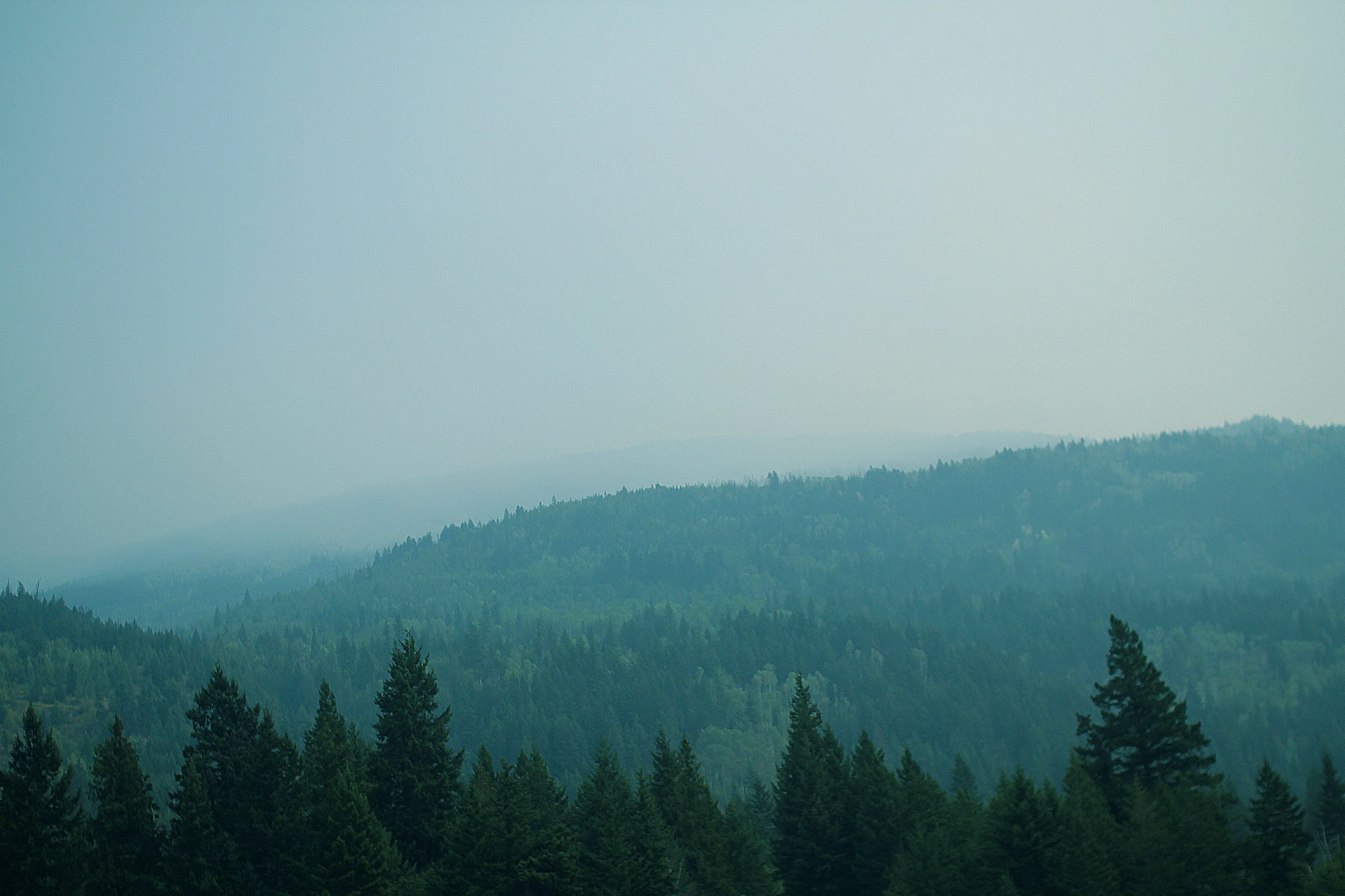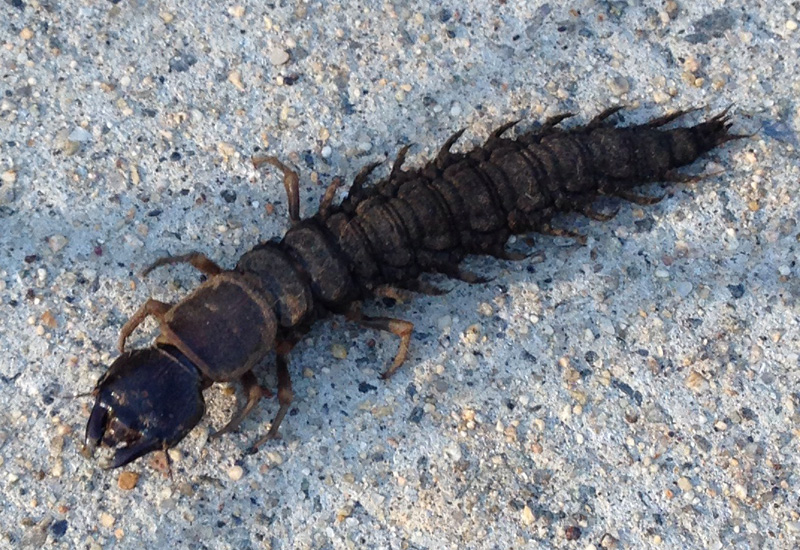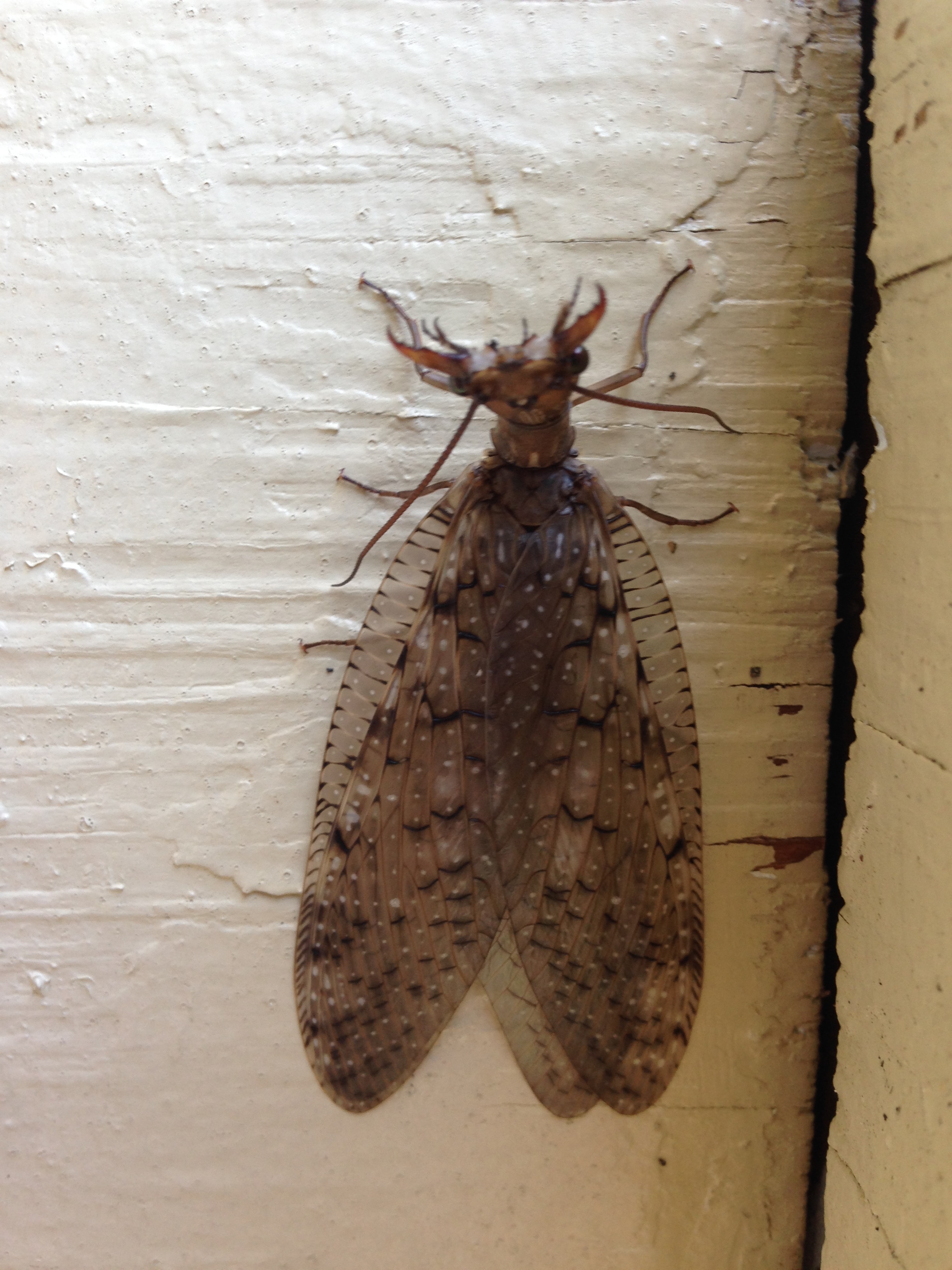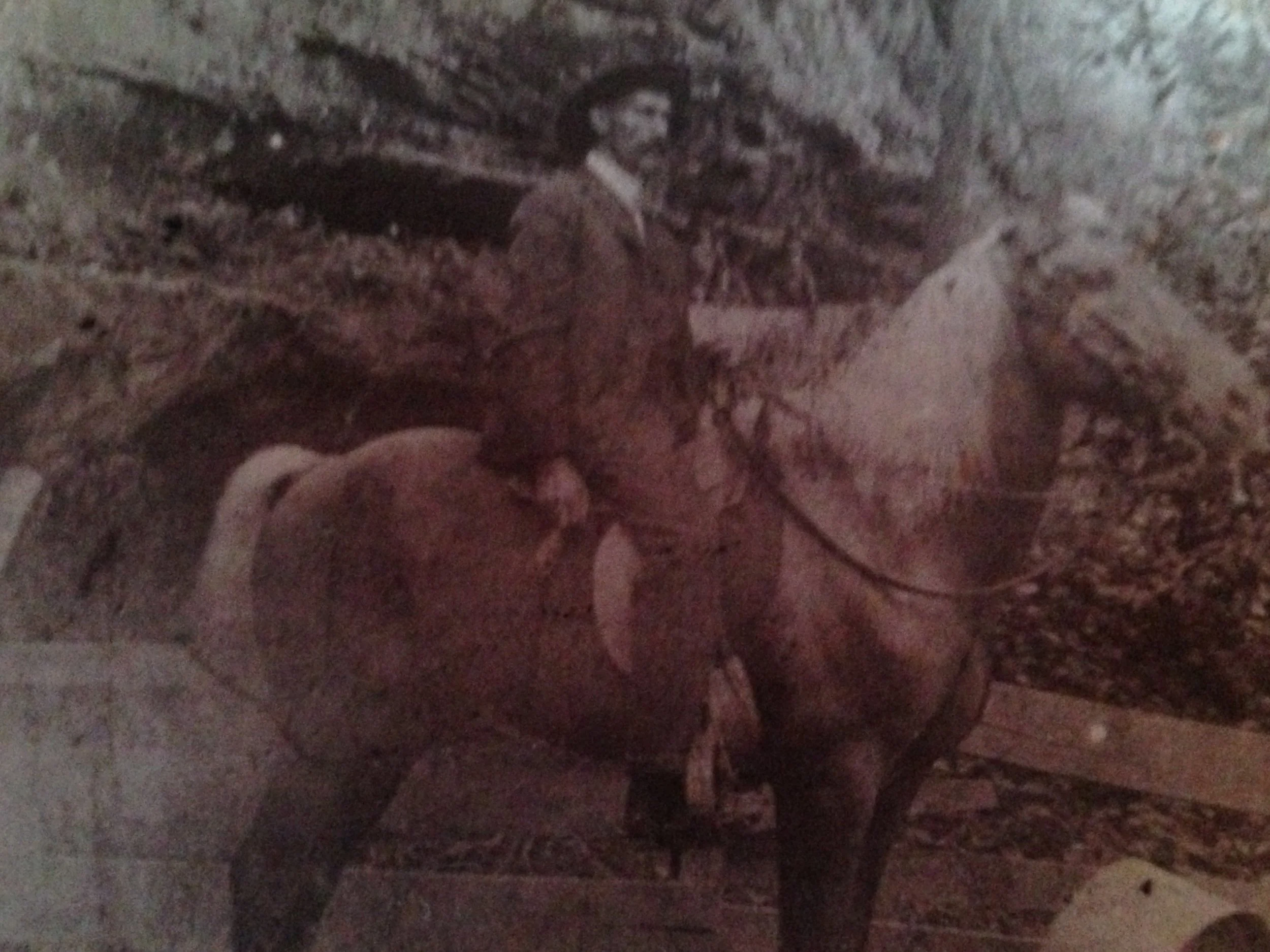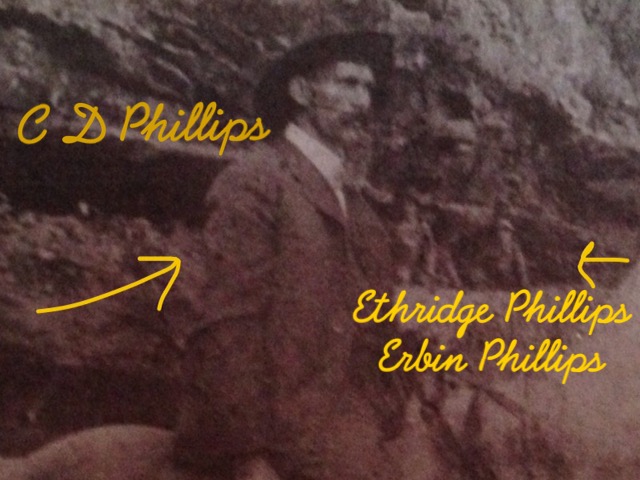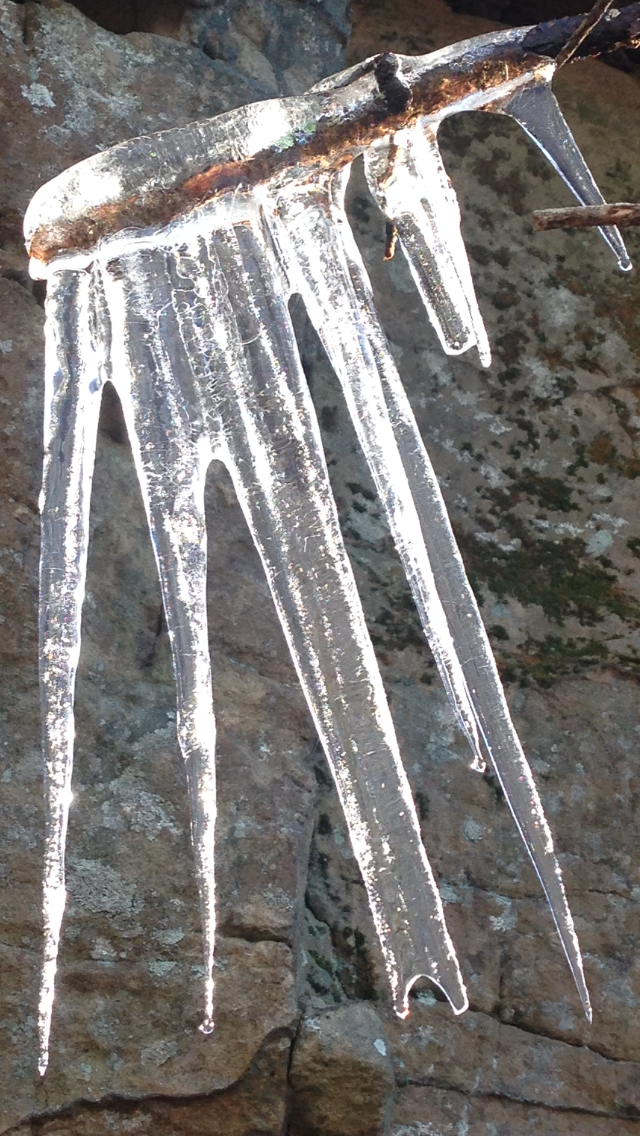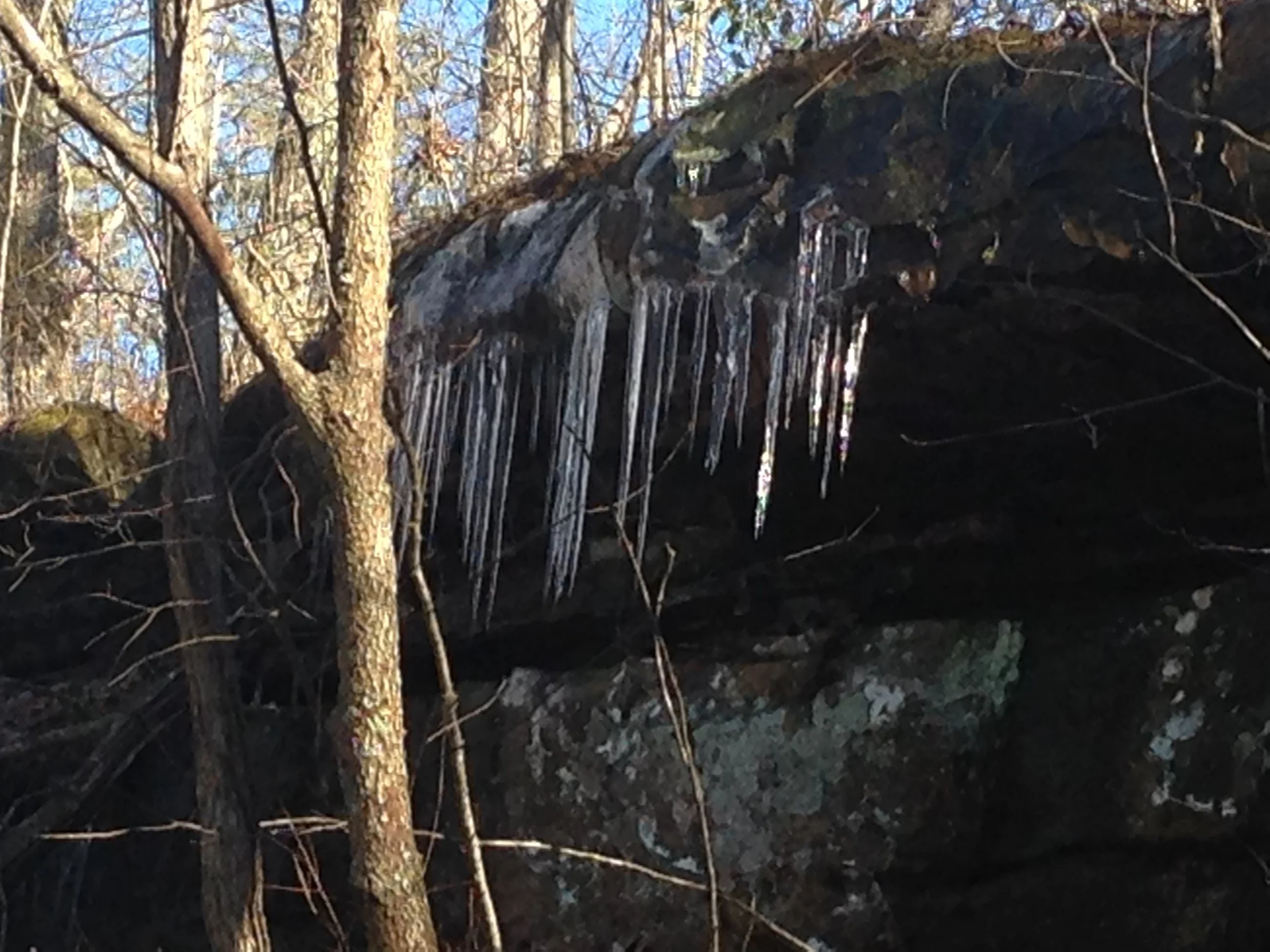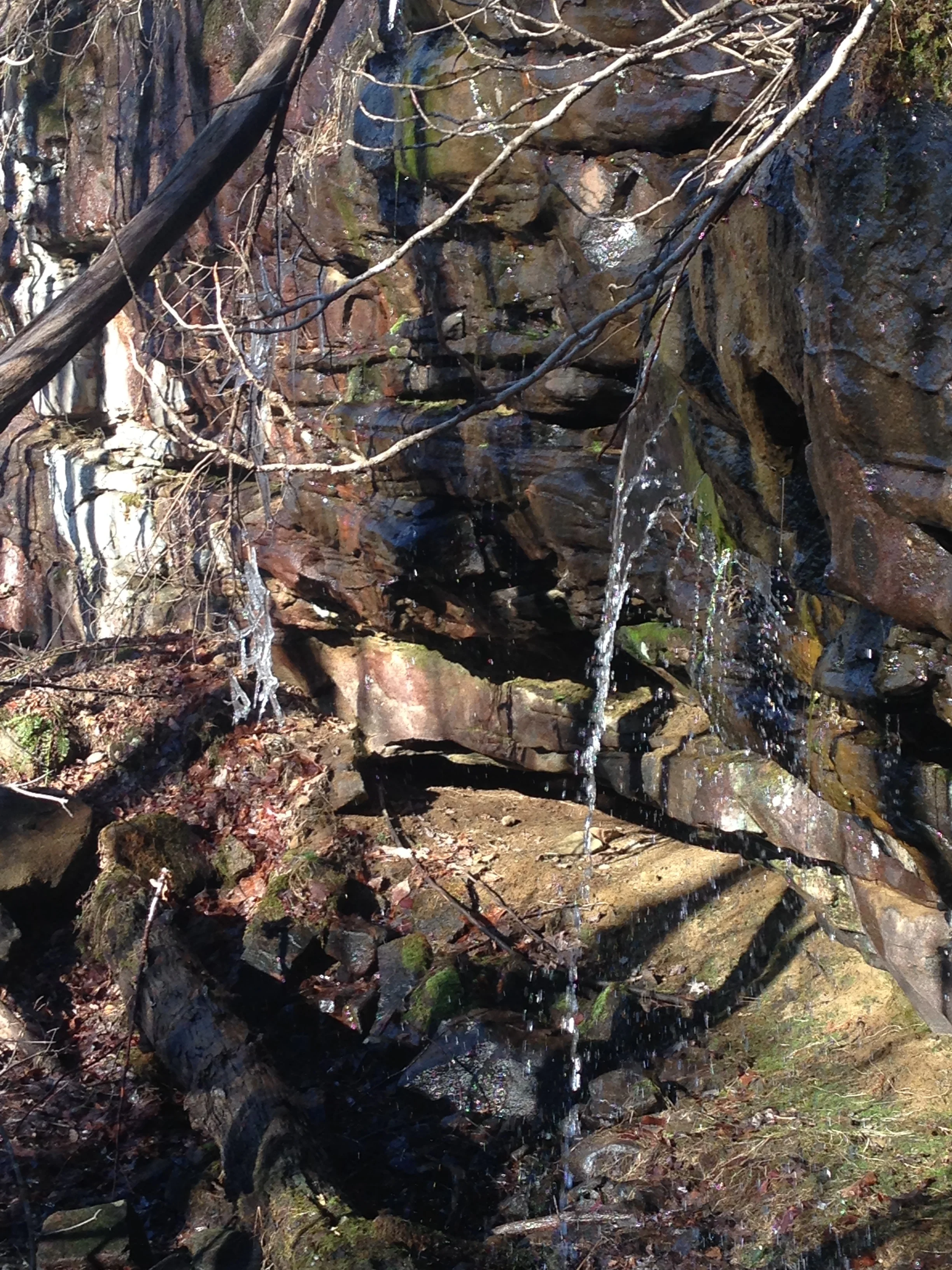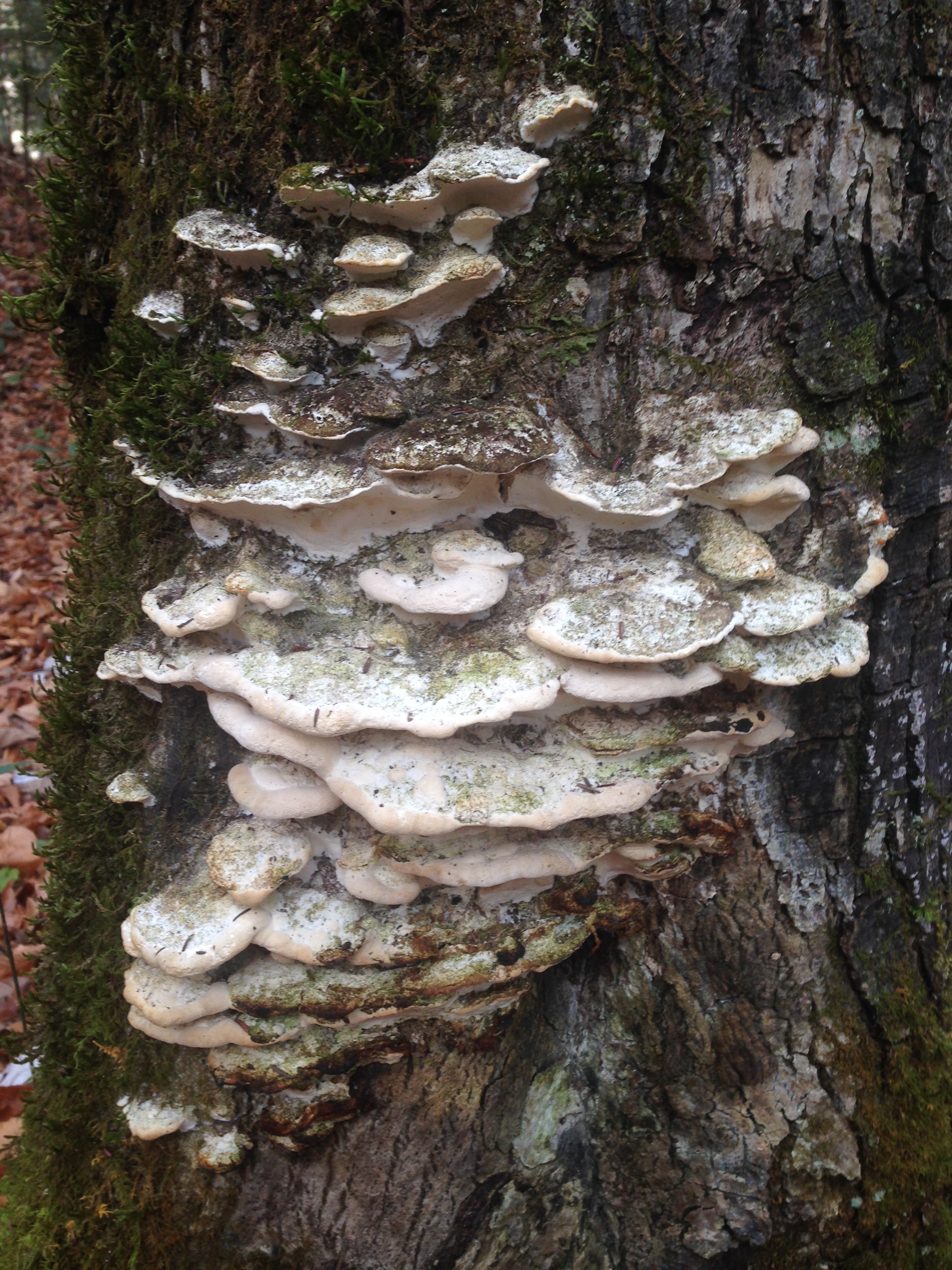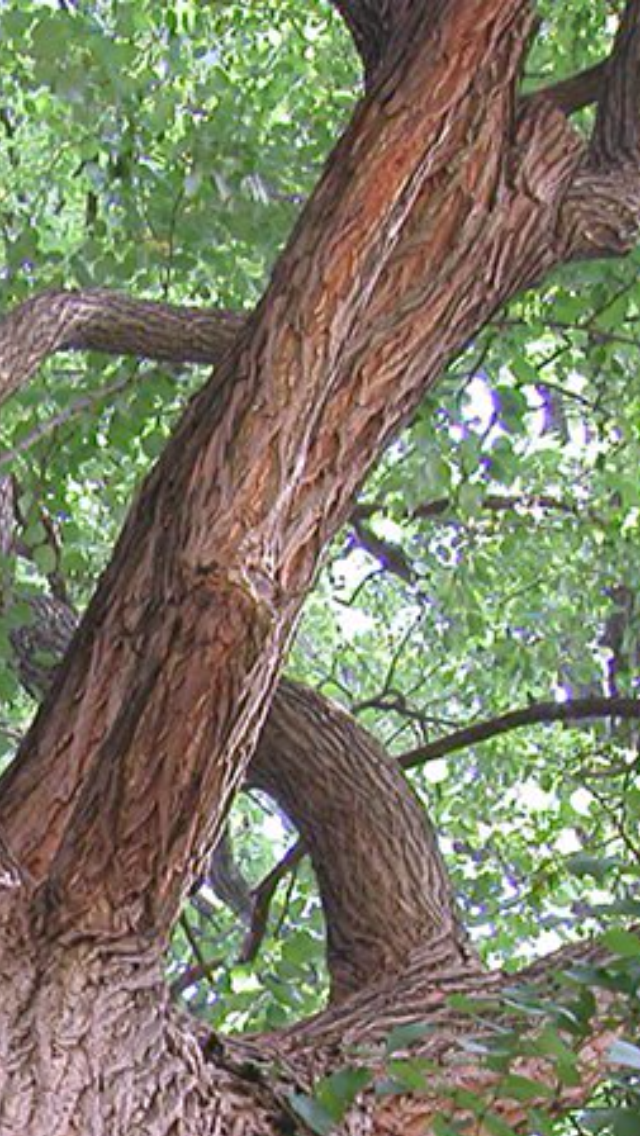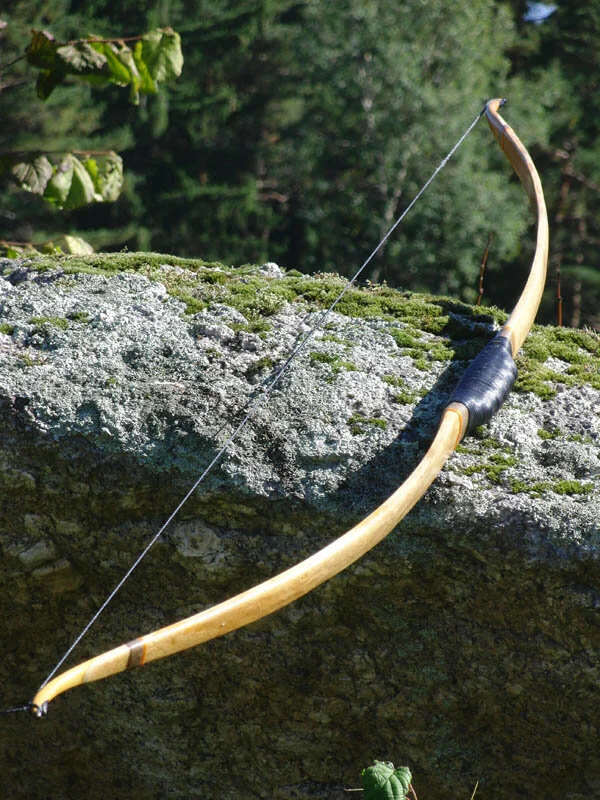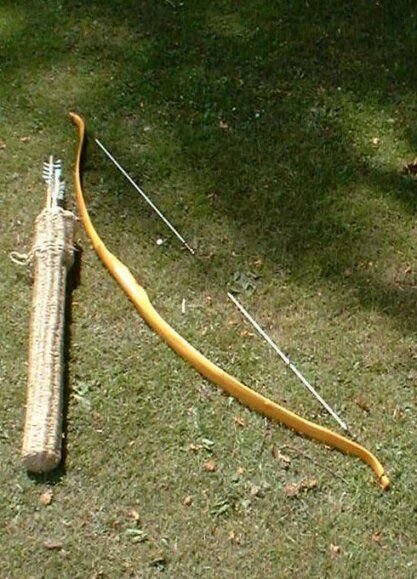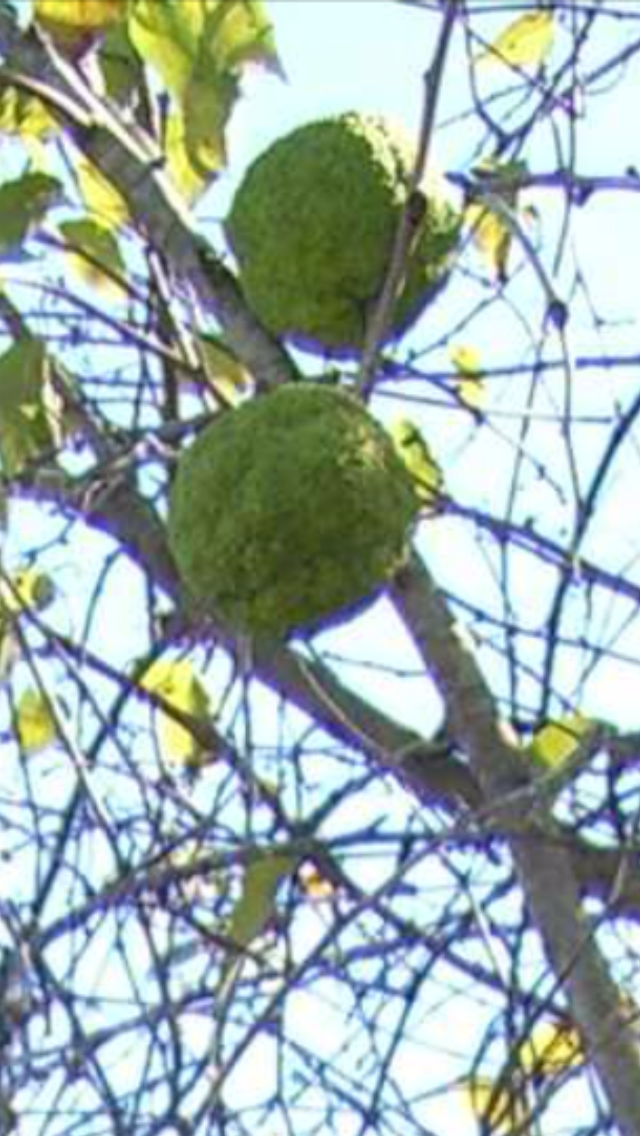Even though you may live in a rural area or sometimes even in town you may share the area with a Barred Owl. Although these birds of prey are more common and seem to thrive more in the backcountry they have been seen in cities and towns.
Barred Owls have been around our area for many years. Pleistocene fossils of these birds have been found in Tennessee, Florida, and Ontario dating all the way back to at least 11,000 years ago!
The most dangerous natural predator to the Barred Owl is the Great Horned Owl which will eat the Barred Owls eggs , their young and occasionally even killing and eating an adult Barred Owl.
One of my favorite pastimes at night while in the backcountry on our backpacking adventures is to sit and talk with the Barred Owls. I've had as many as 5 at a time calling back to me simultaneously as if we are actually having a conversation. I've even had them fly into the area a sit overhead as they check my campsite out.
If you listen really close to a Barred Owls call it's almost as though he's saying ("Who cooks for you? Who cooks for you all?") If you haven't had the chance to see and hear one of these Owls I hope you do in the near future. It's pretty amazing!
